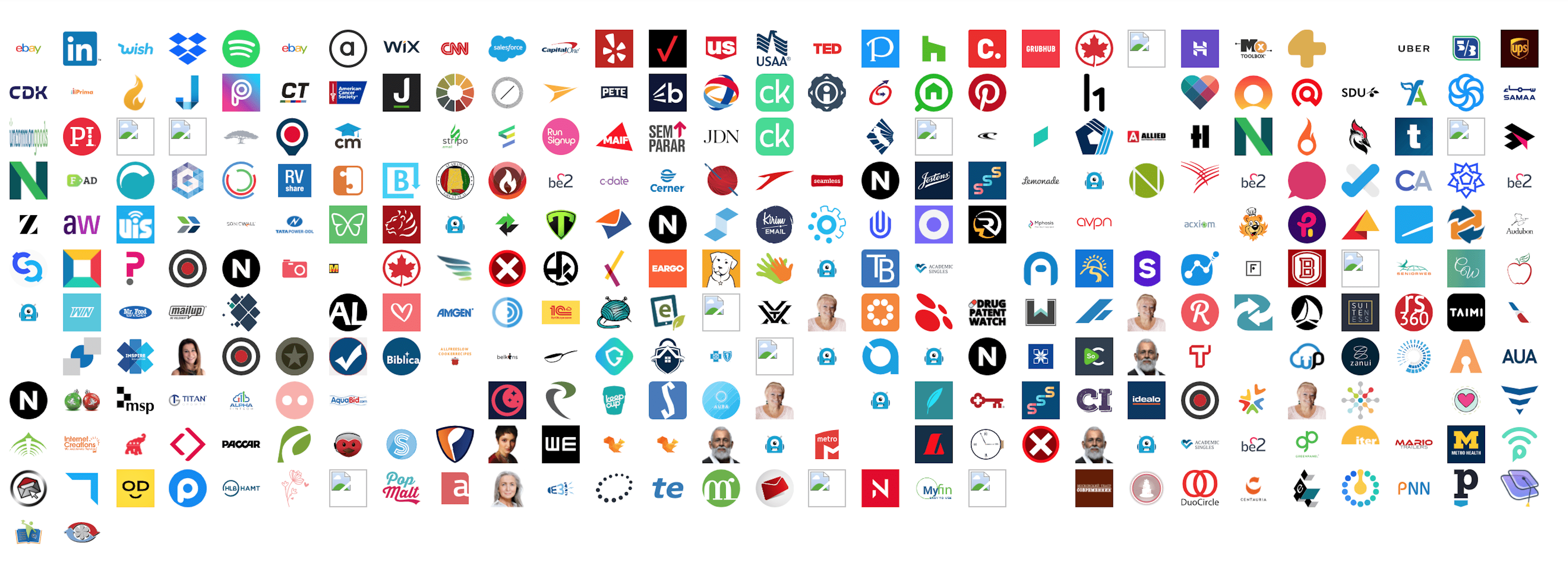There are a lot of metrics in email marketing. That’s one of the best things about it – you can track every action and reaction down to not just the clicks, but down to each subscriber’s clicks.
And yet, with all the stats and charts and analysis, one of the most meaningful metrics of all often gets neglected: Email subscriber value. It means how much each email subscriber is worth to you. Sometimes this is also called the “marketing allowable” or “revenue per subscriber (RPS)”. Whatever you call it, it ties down:
- What each email subscriber is worth to you
- What you can afford to spend to get a new email subscriber
Those are two sides of the same coin, but they speak to the different benefits of knowing how much your subscribers, and your list, are worth.
- If you know how much you can afford to spend to get a subscriber, plug that value into your list-building or lead-generation efforts, and you just draw a line of “profitable” versus “not profitable” for every single list-building tactic you use. This can become particularly useful if you plug the value of each new subscriber into your analytics account, whether that’s Google Analytics or a marketing automation tool.
- Calculating ROI is the Holy Grail for digital marketers. Having an agreed-upon value for each email subscriber gives you a way to better measure ROI. This is especially true if your company has committed to making email marketing central to your business. You must understand and appreciate that since the advent of AI, hyper-personalisation of which there are many distinctions, has moved into the top spot for ROI, and you need to get on board as fast as possible.
- Is your company a startup? Do you have dreams of selling your business one day? Then knowing the value of your email list can be as important as knowing the size of your market. When direct marketing companies (publishers, catalogues, even online tools) are broken up, it’s usually the list that ends up being the most valuable asset. That’s why people say “The money’s in the list.”
Calculating email subscriber value
There are several different ways to calculate the value of an email subscriber. Here’s the simplest one:
Monthly revenue earned from email list / how many subscribers that month = revenue per subscriber
Let’s plug some numbers in there to make it clearer.
$30,000 in revenue earned from email marketing in June / 9,000 email subscribers = $3.33 (the value of each email subscriber per month)
That’s a good start. But you’ve probably already noticed a few holes in this equation. First of all, where are the overhead costs? Without those, you’re looking at gross, not net, value.
Second, there’s the issue of what time frame you want to use when you set each subscriber’s value. In the formula above, we’re using a month-long view. But what about the lifetime value of each email subscriber? Of course, to know that, we’d need to know how long the average email subscriber stays on our list. Fortunately, most email service providers can tell you how long people tend to stay on your list.
Should you calculate subscriber value by lifetime value, month, or even each week?
If you were about to sell your business, knowing the lifetime value of your existing subscribers would help. But if you plan to stay in this game for a while, calculating the value per subscriber by month may be far more helpful.
Why? Because you’ll probably want to know if your emails are generating more or less income month to month. As you know, things move fast in marketing. During any given month you might be trying out a new PPC ad campaign or promoting a new webinar or event. Maybe you’ve got a product launch, a website redesign, or new products. Maybe you just switched up your social selling strategy.
With all that going on, maybe you should forget the monthly subscriber value and calculate it week by week. Or maybe not. In practice, any time we’ve seen a company shift to the week-to-week calculation, they immediately get data overload. It all gets a bit too granular, and people start looking like they need aspirin. The month view appears to be the sweet spot. You get a narrow enough time frame that you can be fairly agile with your ever-evolving marketing tactics. But you don’t have so much data that it’s hard to make decisions.
Refining the email subscriber value formula
If you just stick with the value per month estimate, the next thing to figure out is your overhead costs.
Here are some of typical overhead costs:
COST PER MONTH
Email service provider:
$100: Creative costs, such as design, copywriting, your share of paying for blog posts and other content. (More on ascribing costs and benefits from other departments’ assets below.)
$600: 25% of your annual gross salary and benefits costs, divided by 12
$1,875: 10% of two other annual employees’ gross salaries and benefits costs, divided by 12 $1,400 Email marketing’s business share of office space, computer, electricity, and everything else per your CFO.
$500: Miscellaneous
TOTAL $4,375
This is a good start. But also check with a financial expert at your company to get their input on overhead costs. Their blessing gives credibility to the final value you ascribe to each subscriber. It helps your boss, and your boss’s boss, take your calculations more seriously.
Let’s see how this calculation looks now.
(Monthly revenue from email list – overhead costs) / how many subscribers you had that month = revenue per subscriber
And with the numbers from before:
($30,000 in revenue email marketing in June – $4,475 in overhead costs) / 9,000 email subscribers = value of each email subscriber in June
$25,525 / 9000 = $2.84 value per subscriber
Nice. That means you can still afford to spend $2.84 per subscriber.
How email subscriber value might inform a pay per click campaign
Want to know if your pay-per-click lead gen campaign is profitable? Here’s what that analysis might look like:
Current average cost per click: $0.50
Lead generation landing page conversion rate: 20%
So it takes 5 clicks to generate one email subscriber.
5 clicks x $0.50 = $2.50
$2.84 value per subscriber – $2.50 cost to get the subscriber = $0.34 profit
Note that this assumes you’ve got no changes to your landing pages, no costs to manage the PPC account, and no employee management costs. After those are figured in, you might need to do some optimisation if you want to see positive ROI.
Figuring out attribution
You’ve got a more realistic number now that you’ve plugged in overhead costs. But there’s still the huge issue of attribution. This is one of the most complex parts of marketing in the real world (not in idealized formulas). It’s one of the biggest reasons calculating ROI has been such a challenge.
As many of you know, “attribution” refers to how, and to what extent, you attribute both costs and sales to a particular activity. For simplicity’s sake, let’s distill all the issues of attribution down into two things:
- Should your email marketing get credit for all the sales it makes?
- Should your email marketing contribute to the overhead of other departments, whose resources you use to get those emails out?
Here are just a few common scenarios that trigger these questions:
- What if you had a big display ad campaign running last week? What if the email you sent probably got much of its sales because of that display campaign? Doesn’t the display campaign deserve credit for some of those “email sales”?
- What about the contributions of your sales team?
- If you include a blog post in an email update, shouldn’t you credit at least some of the email sales to that blog content? The blog needs to prove revenue, too. Same goes for the people who manage the webinars, the advertising, and the social media.
- Wouldn’t it be lovely to have a fully autonomous email facility that negated the need for any staff whatsoever!
The best people to sort out the can of worms are in the financial department. They know all the costs associated with everything you do. They know the financial pressures and costs of other parts of the company, which you may not be aware of.
You, along with several other members of the marketing department, sales and a few financial people may need to sit down together. You will need several peoples’ insights to effectively sort out what your email marketing should pay for, and what it should get credit for.
Sometimes this ends up being a complex calculation. Other times a company will just ascribe 5% of gross revenue to email marketing. Then they will draw a bright line through the list of costs, deciding what email is or is not responsible for.
Why it’s worth the effort
We hope these subscriber value calculations are helpful. But to make them really useful, you must adjust them for the particular systems and overhead costs of your company. Does all this sound like a hassle? Well, maybe it is. But if you can’t set a value for each subscriber, it’s hard to assess how effective your list-building efforts are.
Please comment, your feed-back is appreciated.





